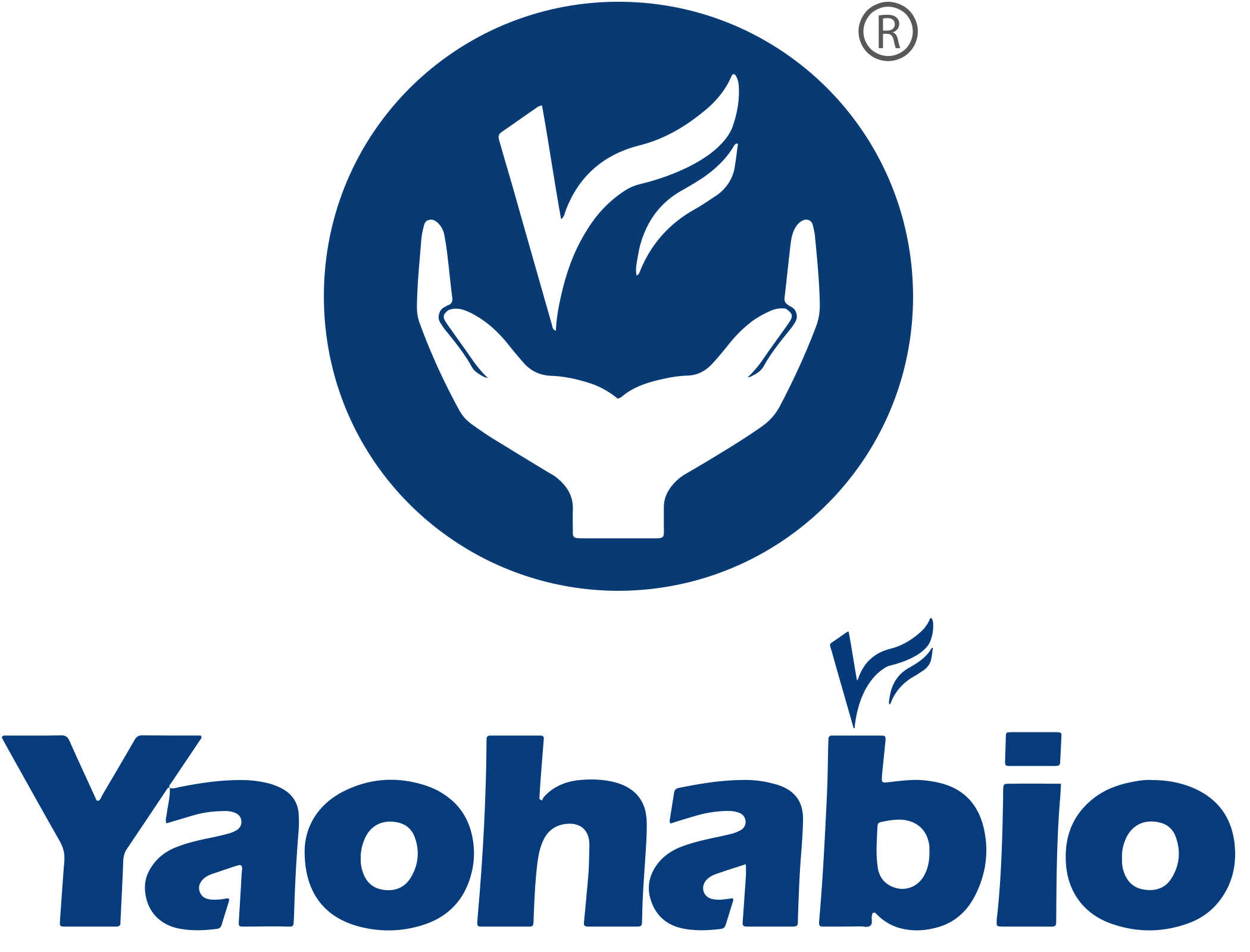The Application of VLPs in Human and Veterinary Vaccines
Last week, we briefly introduced the features, mechanisms of action (MoA), and expression systems of VLPs (Virus-like Particles). VLPs are viral structural proteins that do not contain viral genetic material. Besides, their advantages include nanoscale self-assembly, repetitive surface epitopes, ease of genetic and chemical modification, and inherent immunogenicity. As a result, VLPs play an important role in vaccine development.
In this article, we will elaborate on the application of VLPs in vaccines. The design of VLP vaccines is crucial to developing more effective and safer VLP vaccines. Yaohai Bio-Pharma has successfully delivered many VLP vaccines and over 100 CMC recombinant protein projects for global clients in human and animal health fields. Leveraging Yaohai's extensive experience, we have summarized the key considerations in VLP vaccine design, ensuring rigorous control over each factor during manufacturing. These critical aspects encompass the size and shape, surface charge, antigen expression, inner surface, as well as genetic and chemical modifications of VLPs.
1. Size and Shape
The size and shape of VLPs are important factors that determine their immune effects. Ideal VLPs should have similar dimensions, shapes, and receptor binding patterns to natural viruses, allowing them to be recognized and ingested by the immune system and better activate immune cells. Currently, most VLPs range in size from 10 to 200 nm. This ideal size range of can facilitate free diffusion of VLPs through the lymphatic vessel wall and easier internalization by antigen-presenting cells such as dendritic cells and macrophages, thereby effectively inducing immune responses. In addition, the size of VLPs also determines whether they can be effectively ingested and processed by antigen-presenting cells.
2. Surface Charge
The surface charge of VLPs potentially influences the internalization of VLP particles into immune cells and altering immune responses. Compared to negatively charged or neutral VLPs, cationic VLPs tend to induce higher cellular internalization, which may be attributed to the electrostatic interaction between VLPs and the anionic phospholipid bilayer of cell membranes. VLPs with a positive surface charge can shield their negatively charged contents, making them easier to be absorbed by cells. However, the excessively high surface charge may lead to non-specific binding and potential toxic reactions. Therefore, the surface charge needs to be carefully regulated to achieve optimal immune effects and safety.
3. Expression of Antigens
Choosing viral antigens with high immunogenicity and ensuring their proper expression on the surface of VLPs is crucial for the design of effective vaccines. For VLPs that present T-cell epitopes, there is no need for the antigen to be exposed on the outer surface because the VLPs will be degraded in the lysosome-endocytic system of antigen-presenting cells, and the resulting epitope peptides will be presented to T-cell receptors. Therefore, the antigen can be inserted into a hidden position inside the VLP. The optimal insertion site needs to be determined through structural analysis to avoid affecting the structural integrity of the VLP or altering its immunogenicity.
In contrast, direct interaction between B-cell receptors and B-cell epitopes is required to induce B-cell receptor cross-linking and antibody production. Therefore, B-cell epitopes must be on the exposed sites of the surface of VLPs, preferably in immunodominant regions. Additionally, the surface loops or external N-terminal/C-terminal positions of VLPs are ideal insertion sites, as these locations can accommodate larger-sized antigens.
4. Selection of Contents
The interior of VLPs is often used to store genetic material that are crucial for viral replication and structural stability. Through nanoreactors or recombinant approaches, negatively charged nucleic acids or other immune adjuvants can also be loaded into the interior of VLPs. The inner surface of VLPs can protect the contents from enzymatic degradation, enhance the absorption of these substances by target cells, and release immune adjuvants to enhance the immunogenicity of VLPs. In summary, these adjustments help enhance immune responses, track the distribution of VLPs in the body, and control the release and delivery of VLPs.
5. Chemical and genetic modifications
Through genetic modification, foreign antigens can be introduced into VLPs. The general process of genetic modification involves codon optimization of the antigen and VLP genes based on the requirements of the eukaryotic or prokaryotic expression system, followed by artificial synthesis of the fusion gene and the production of the recombinant chimeric protein.
The chemical modification mainly relies on covalent linkages between VLPs and antigens. Covalent linkages are primarily achieved through surface functional groups on the VLPs, which originate from the VLP surface or are introduced artificially. Chemical modification offers more flexibility, but its reaction process is difficult to control and reproduce compared to genetic modification.
Conclusion
Regarding the production of VLP vaccines, Yaohai Bio-Pharma stands as a trusted platform with vast experience and stringent production processes. With its deep understanding of these key considerations in VLP vaccine design, Yaohai Bio-Pharma ensures that the VLP vaccine is tailored to deliver maximum efficacy and safety to meet client’s needs. Yaohai Bio-Pharma aims for excellence in every step of the production process, ensuring the quality and safety of its VLP vaccines, thus making them a preferred choice for clients.
Yaohai Bio-Pharma is also actively seeking institutional or individual global partners. and offers the most competitive compensation in the industry. If you have any questions, please feel free to contact: [email protected]
Hot News
-
Yaohai Bio-Pharma Passed EU QP Audit and Attains ISO Triple Certification
2024-05-08
-
BiotechGate, Online
2024-05-13
-
2024 WORLD VACCINE CONGRESS Washington
2024-04-01
-
CPHI North America 2024
2024-05-07
-
BIO International Convention 2024
2024-06-03
-
FCE COSMETIQUE
2024-06-04
-
CPHI Milan 2024
2024-10-08

 EN
EN
 AR
AR
 HR
HR
 CS
CS
 DA
DA
 NL
NL
 FI
FI
 FR
FR
 DE
DE
 EL
EL
 IT
IT
 JA
JA
 KO
KO
 NO
NO
 PL
PL
 PT
PT
 RO
RO
 RU
RU
 ES
ES
 SV
SV
 IW
IW
 ID
ID
 LV
LV
 LT
LT
 SR
SR
 SK
SK
 SL
SL
 UK
UK
 VI
VI
 ET
ET
 HU
HU
 TH
TH
 TR
TR
 FA
FA
 AF
AF
 MS
MS
 BE
BE
 MK
MK
 UR
UR
 BN
BN

